For the first time in history, Nikon released a camera that carries the mark II addition in its name. It is indeed the same camera as the mark I, but with a lot of improvements. I reviewed the Nikon Z 6II to find out if it is worth the upgrade.
![]()
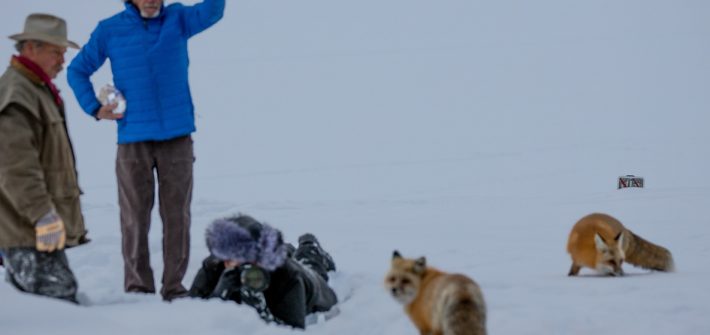
If you haven’t seen the tempest growing in Wyoming, a fox named 15M was euthanized this week because of its growing habituation to humans. You might be asking, why is this news on a photo-centric site? Throw in an as-of-recently much-maligned, world-famous photographer and maybe you’re interested?
![]()
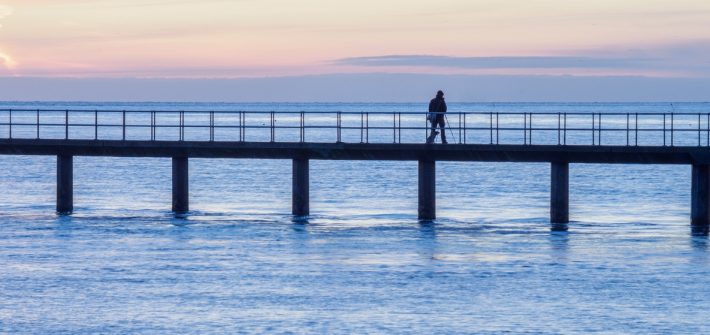
A long time ago, I heard someone utter this bit of nonsense. Depending upon the genre of photography you shoot, there are good arguments for using manual controls and settings. However, there are times when your camera’s automated technologies prove the Luddites wrong, then automation is king.
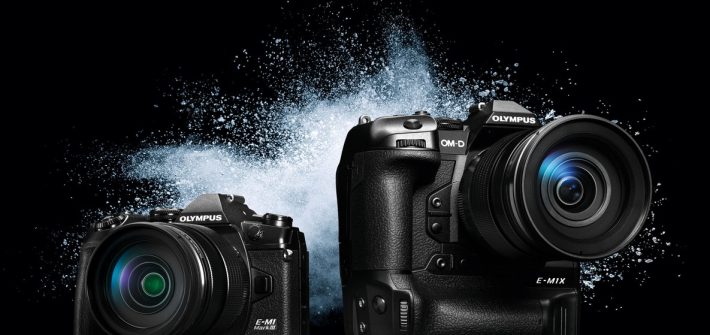
Artificial Intelligence (AI) has leapt into photography, and as usual, Olympus cameras lead the way with these new technologies. Great for enticing new photographers into our art, it simplifies capturing images. However, as AI takes its first big steps into photography, will it boost overall sales?
![]()
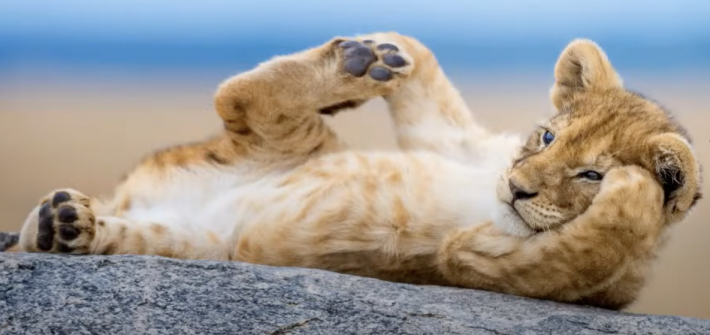
A wildlife photographer must be prepared to wait hours for a shot to emerge. And once that shot appears, she may only have one second in which to capture the scene before it changes. Making things more complicated are the dozens of variables that can affect the quality of the shot, including weather, erratic animal behavior, and even other photographers working in the same location.
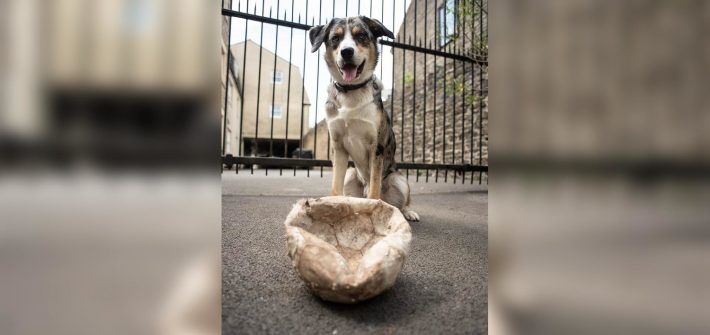
A location can make or break a photograph, so don’t get caught in a bad spot. Fortunately, you don’t need to go heading out for hours on end to learn how to do this. In this article, I’ve put together five of the most powerful techniques you can use to make the best of a bad location.
![]()